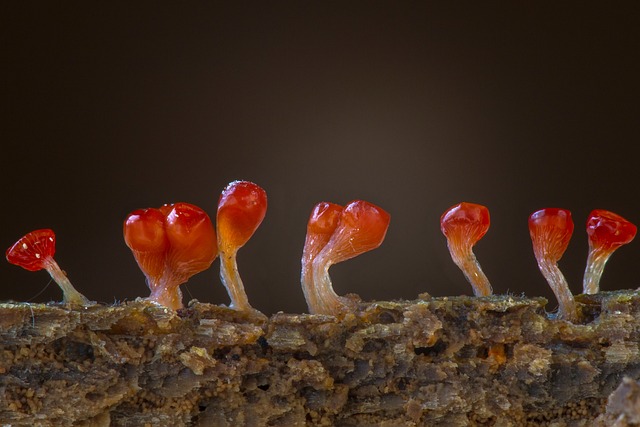For Seguin homeowners concerned about indoor air quality, understanding the difference between mold remediation and inspection is crucial. A mold inspection identifies and assesses existing growth using specialized equipment, offering a detailed report to guide decisions. Remediation involves actively removing and cleaning contaminated areas. Homeowners should choose inspection when suspecting hidden mold or as a proactive step; remediation is necessary after confirming mold presence, especially in widespread areas. Both processes require professional expertise for effective management of indoor air quality.
“Concerned about potential mold issues in your Seguin home? This guide explores the crucial distinction between mold remediation and inspection, empowering Seguin homeowners to make informed decisions. Understanding when to choose each option is essential for maintaining a healthy living environment.
We’ll delve into ‘Understanding Mold: The Basics,’ explore ‘When to Choose Mold Remediation vs. Inspection,’ and provide an in-depth ‘Comprehensive Guide to HVAC Contamination Checks.’ Get ready to navigate the world of mold with confidence.”
- Understanding Mold: The Basics for Seguin Homeowners
- When to Choose Mold Remediation vs. Inspection
- Comprehensive Guide to HVAC Contamination Checks
Understanding Mold: The Basics for Seguin Homeowners

For Seguin homeowners, understanding the basics of mold is crucial when considering the health and safety of their living spaces. Mold is a natural part of the environment, but it can become a problem when it grows indoors due to moisture issues or inadequate ventilation. This is where differentiation between mold remediation and inspection becomes essential.
While mold inspection involves identifying and assessing existing mold growth, mold remediation is the process of removing and cleaning contaminated areas. Homeowners should consider a thorough inspection as the first step to determine if mold is present and the extent of the issue. This is particularly important in HVAC systems, as hidden or hard-to-reach mold can go unnoticed but still pose health risks. A professional mold inspector will use specialized equipment to identify potential sources of moisture and areas where mold might be hiding, providing a comprehensive report for Seguin homeowners to make informed decisions regarding any required remediation.
When to Choose Mold Remediation vs. Inspection

Many Seguin homeowners wonder if they should opt for a mold inspection or remediation directly. The decision between the two largely depends on your specific circumstances and potential risks. A mold inspection is ideal when you suspect hidden mold growth but haven’t identified its source, extent, or type. It provides valuable data for understanding and addressing the issue without extensive intervention.
On the other hand, mold remediation becomes necessary when the presence of mold is confirmed, especially if it’s widespread, invasive, or impacting areas with high human activity like bedrooms or living rooms. Remediation involves a series of steps to clean and restore affected areas, ensuring mold removal and prevention of future growth. It’s crucial for Seguin homeowners to consult professionals who can accurately assess the situation and recommend either an inspection or remediation service based on their findings.
Comprehensive Guide to HVAC Contamination Checks

When it comes to ensuring a healthy living environment, understanding the difference between mold remediation and inspection is crucial for Seguin homeowners. While both are essential components of maintaining indoor air quality, they serve distinct purposes. Mold inspection involves a thorough evaluation of your HVAC (Heating, Ventilation, and Air Conditioning) system to identify potential sources of contamination or mold growth. It’s a non-intrusive process that uses specialized equipment to detect even the subtlest signs of mold, allowing for early detection and prevention.
In contrast, mold remediation focuses on the active removal of mold and restoration of contaminated areas. After an inspection reveals mold presence, a remediation plan is implemented, which may include cleaning, decontaminating, and replacing affected materials. This process requires specialized knowledge and equipment to ensure safe and effective mold elimination, especially in cases where mold has infiltrated HVAC systems or other hard-to-reach areas.
For Seguin homeowners concerned about mold, understanding the difference between mold remediation and inspection is key. While mold remediation focuses on removing contaminated materials, a thorough HVAC contamination check during an inspection can identify hidden sources of mold growth. By opting for a comprehensive mold inspection, you gain valuable insights into your home’s air quality and take proactive steps to address potential issues, ensuring a healthier living environment for you and your family.
